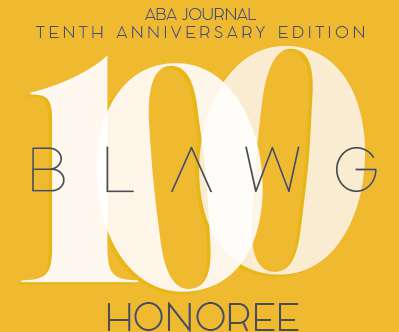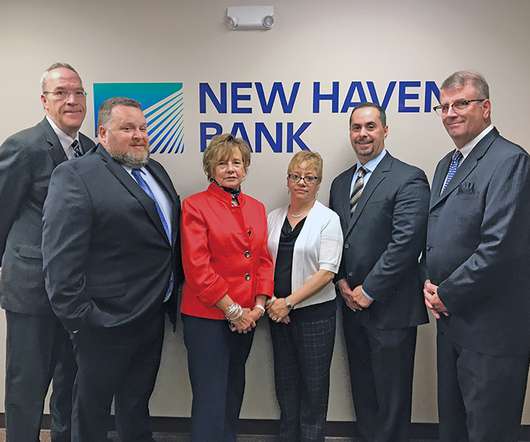California Dept. of Business Oversight launches “true lender” investigation of auto title lender’s partnership with Utah bank
CFPB Monitor
SEPTEMBER 10, 2020
Because CCBank is a state-chartered FDIC-insured bank located in Utah, Section 27(a) of the Federal Deposit Insurance Act authorizes CCBank to charge interest on its loans, including loans to California residents, at a rate allowed by Utah law regardless of any California law imposing a lower interest rate limit.














Let's personalize your content